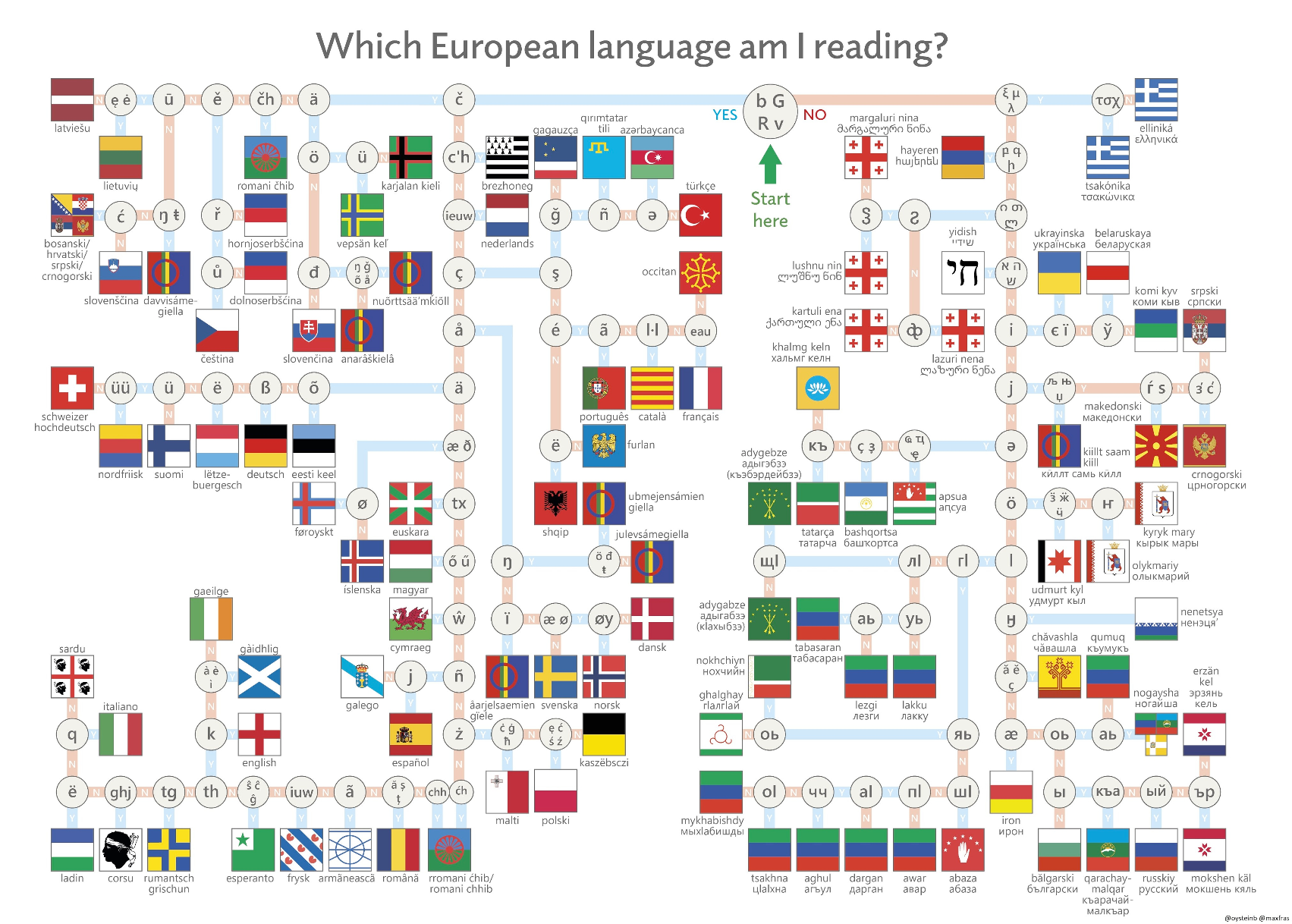this post was submitted on 30 Jul 2024
361 points (97.1% liked)
YUROP
1932 readers
63 users here now
A laid back community for good news, pictures and general discussions among people living in Europe.
Topics that should not be discussed here:
- European news: [email protected]
- European politics: [email protected]
- Ukraine war: [email protected]
Other European communities
Other casual communities:
Language communities
Cities
Countries
- [email protected]
- [email protected]
- [email protected]
- [email protected]
- [email protected]
- https://feddit.dk/
- [email protected] / [email protected]
- [email protected]
- https://lemmy.eus/
- [email protected]
- [email protected]
- https://foros.fediverso.gal/
- [email protected]
- [email protected]
- Italy: [email protected]
- [email protected]
- [email protected]
- [email protected]
- [email protected]
- Poland: [email protected]
- [email protected]
- [email protected]
- [email protected]
- [email protected]
- [email protected]
- [email protected]
- [email protected]
founded 1 year ago
MODERATORS
you are viewing a single comment's thread
view the rest of the comments
view the rest of the comments

gonna coin the English word "milieuwise" - as in "to move towards, or be appropriate for, the current environment" and fuck this chart up.
edit: no need, found the error - on the bottom line you get to English by saying no to "chh" but it appears in hitchhiking, beachhead, witchhood, and, humorously, touchholes.
I feel like 'chh' would only count when pronounced as part of one syllable/sound. Which in all your examples isn't the case. Of course, if someone is not at all familiar with the language they wouldn't be able to make that distinction. So the chart still wouldn't be helpful in that case.
The key point for me is "what am I reading" - where pronunciation doesn't enter into it.
This isn't a guide for spoken, but for written language, so it actually doesn't matter where the phoneme break occurs, only the grapheme
But doesn't reading differ from seeing by actually processing the letters into syllables and words by an internal voice?
Seriously.
Now I'm no scholar, but categorising English as part of the Celtic-branch is just ridoinkulous to me. Like-- that might have been true since before the Roman conquest, but Modern English is easily a West-Germanic branch, overlaid with Norman French, starting in 1066.
It's not so much about classification than finding a place to identify it using a suite of yes/no branches based on specific graphems.
German and Dutch are very close languages, but in complete different places in this tree.
So maybe we could use a better platform for understanding? (hence my original point?)
(Modern German and Dutch are both from the West-Germanic tree, last I checked)
Okay, fine, granted-- but how does that actually help anyone in this day & age learn about these languages?
AS IN-- dude, we don't need to carry a master's degree in order to understand how English formed out of Anglo-Saxon, with Norman French overlaid on top, now do we?
EDIT: Oh rabbits, no, it's ME whose wrong. Whups..
I still don't think you understand the point of the graphic. It's called "What European language am I reading?", not "how are these European languages related?"
Oof. I think you're right (2wks later, dangit!), Eiim.
Sorry about that. :S
@[email protected] @discuss.tchncs.de, that was rude of me, and I apologise.
FWIW, I've posted a general apology in our sub's general update if you care to look. Sorry again.
@[email protected],
Hmm, what do you think about rabbits instead of geese..?
No worries, thank you for coming back to this comment, even later!
Have a good one!
As people said in another comment, it can be useful in identifying languages in settings like Geoguessr.
I appreciate the work you do on your European graphical novel community, and on Reddit to promote Lemmy, so I wasn't expecting this kind of personal attack.
I'd personally attack you with something far worse than a silly goose. If I was on my reddit account.